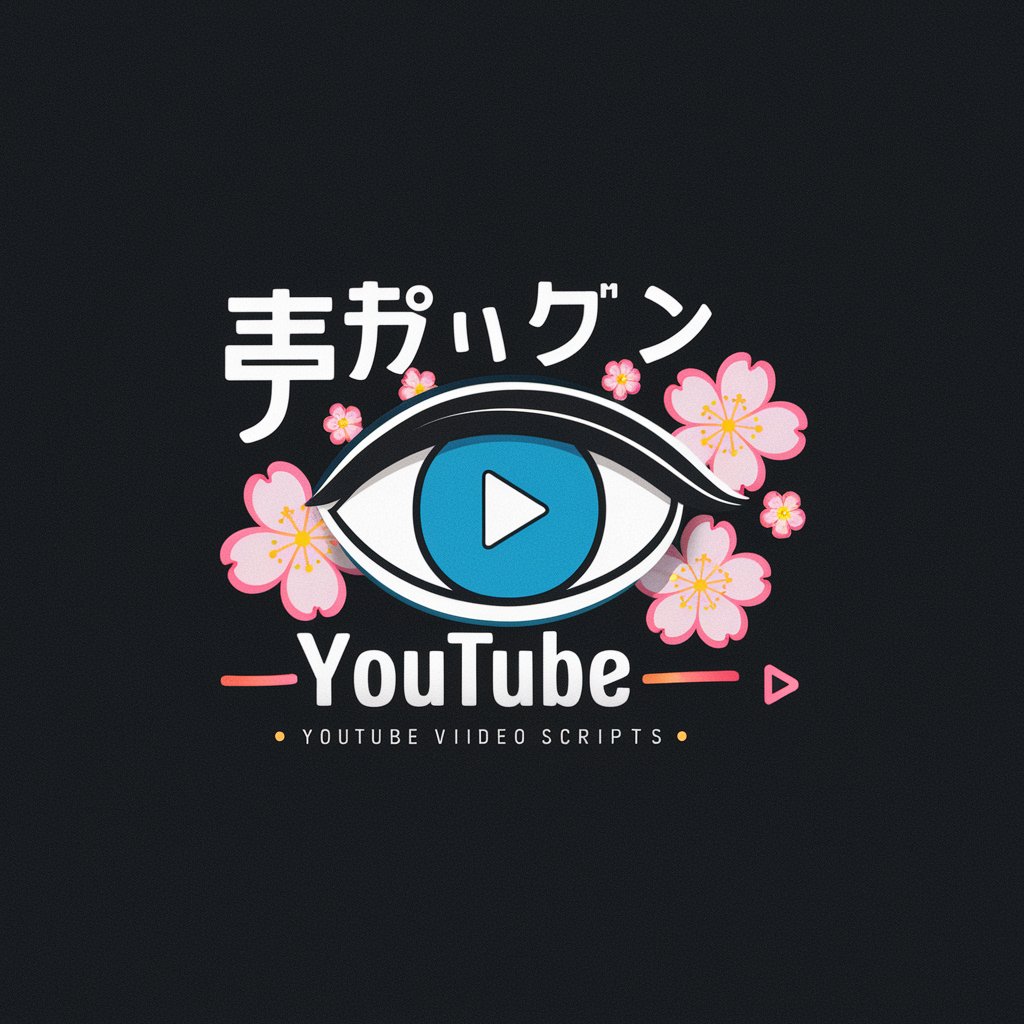口语化文章 - Quick Chinese Content Conversion

你好,我是口语化文章,专为你打造精彩的中文内容。
Bringing Text to Life with AI
请帮我用更口语化的方式改写这篇英文文章:
能否为这段英文内容创作一个有创意的中文故事?
你能把这篇英文文章转变成适合中国读者的中文文章吗?
请用亲切易读的语言将这段英文内容翻译成中文。
Get Embed Code
Introduction to 口语化文章
口语化文章, or 'Conversational Article', is a specialized AI designed to transform and adapt English text into a narrative style that resonates with Chinese readers. The core purpose of this AI is to ensure that the translated content not only maintains the original information's integrity but also aligns culturally and contextually with Chinese values, norms, and colloquial language. This is particularly useful for articles, stories, and informational content that require a deep cultural understanding to engage the audience effectively. An example could be adapting a Western news article about environmental policies into a version that discusses similar initiatives in China, using local references and casual, everyday language to make the content more relatable and engaging for Chinese readers. Powered by ChatGPT-4o。

Main Functions of 口语化文章
Cultural Adaptation
Example
Translating an American pop culture article for Chinese audiences by replacing Western references with equivalent Chinese pop culture phenomena.
Scenario
A media company using 口语化文章 to engage a Chinese audience with content originally written for American readers, ensuring the adaptation respects and reflects local cultural sensibilities.
Colloquial Language Use
Example
Rewriting academic material using informal language typical of daily conversations in China.
Scenario
Educational content providers utilizing 口语化文章 to make complex scientific concepts accessible and understandable to Chinese middle school students through the use of colloquial language.
Localization of Names and Terms
Example
Converting names of places and people into Chinese while maintaining their recognition, e.g., transforming 'New York (New York)' into '纽约(New York)'.
Scenario
Travel agencies providing localized travel guides that help Chinese tourists understand and relate to foreign destinations and figures.
Ideal Users of 口语化文章
Content Creators and Marketers
This group includes bloggers, journalists, and marketing professionals who need to adapt their content for a Chinese-speaking audience. These users benefit from 口语化文章's ability to transform content to match the cultural and linguistic preferences of their readers, enhancing engagement and comprehension.
Educators and Educational Institutions
Teachers and schools looking to make educational content more relatable and understandable for Chinese students. The use of everyday language and culturally relevant examples makes learning more effective and enjoyable.
Business Professionals and Corporations
Companies operating in both Western and Chinese markets who need to adapt their communications, reports, and presentations to fit the cultural context and language of their Chinese stakeholders, ensuring clear and effective communication.

How to Use 口语化文章
Step 1
Visit yeschat.ai for a free trial without login, no ChatGPT Plus required.
Step 2
Choose your content conversion type based on your needs, whether converting academic, professional, or casual text into conversational Chinese.
Step 3
Input your text into the provided text box. You can enter any English text that you want to convert into colloquial Chinese.
Step 4
Review the conversion settings and customize any options such as tone, formality, or specific vocabularies to better fit your target audience or purpose.
Step 5
Submit your text for conversion. Review the generated colloquial Chinese version and make adjustments if necessary to ensure accuracy and appropriateness of the content.
Try other advanced and practical GPTs
マーケ調査するぞ!
Empowering Decisions with AI Insight

私域运营专家
Empower Your Influence, Harness AI

デザイン制作AI
Crafting Your Creativity with AI

Business Sage
AI-Driven Business Expertise

日本の画家
Harness AI to Craft Traditional Japanese Art

Garden Design
Design Your Dream Garden with AI

文案图像生成器
Visualize Your Ideas with AI

動画YouTubeシナリオ作成
Craft Engaging YouTube Scripts Effortlessly

Excelシナリオ作成bot
Automate Excel Training with AI

Youtube Seo Description
Craft Winning Descriptions with AI

Crochet Images
Inspiring crochet designs with AI

截图转公式(image to formula)
AI-powered tool for converting image formulas to LaTeX

Detailed Q&A about 口语化文章
What is 口语化文章 designed to do?
口语化文章 is designed to transform written text into colloquial Chinese, making it sound more natural and conversational. It's ideal for adapting content to better suit Chinese-speaking audiences.
Can 口语化文章 handle professional jargon?
Yes, it can convert professional jargon into more approachable language, bridging the gap between specialized content and a broader audience by using commonly understood terms.
Is 口语化文章 suitable for converting literary works?
While it can convert literary texts into colloquial language, the subtleties and poetic elements of original works might be simplified, which could affect the literary depth intended by the original author.
How does 口语化文章 ensure cultural appropriateness?
The tool incorporates cultural knowledge and sensitivity to modify content, ensuring that it resonates well with Chinese cultural contexts and values.
What formats can 口语化文章 process?
The tool can process various text formats including documents, emails, and web content, converting them into colloquial, easy-to-understand Chinese.
